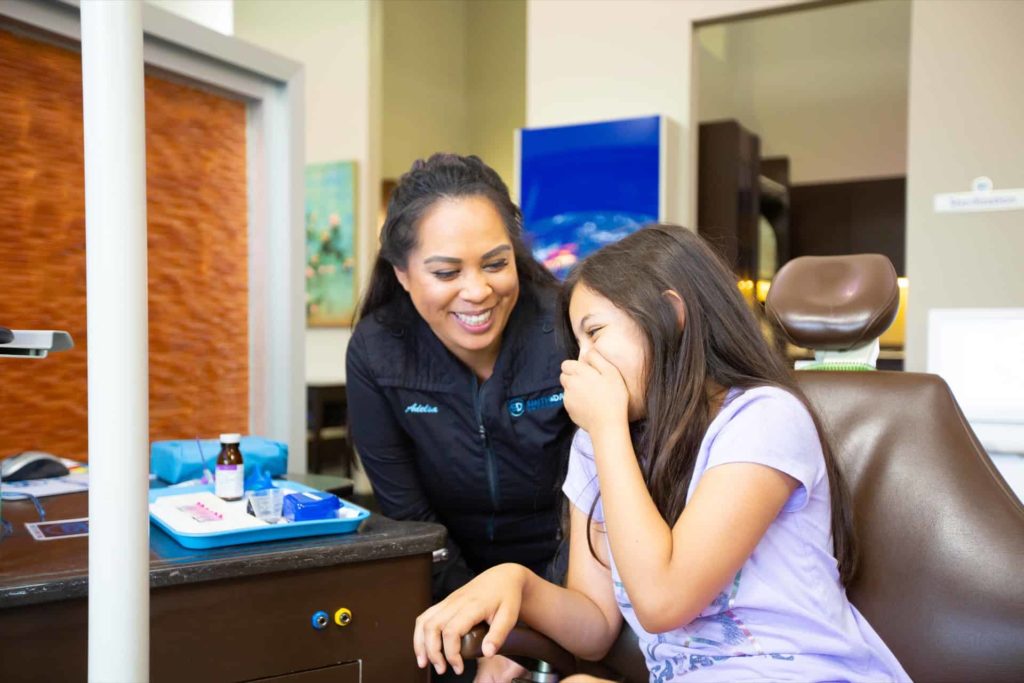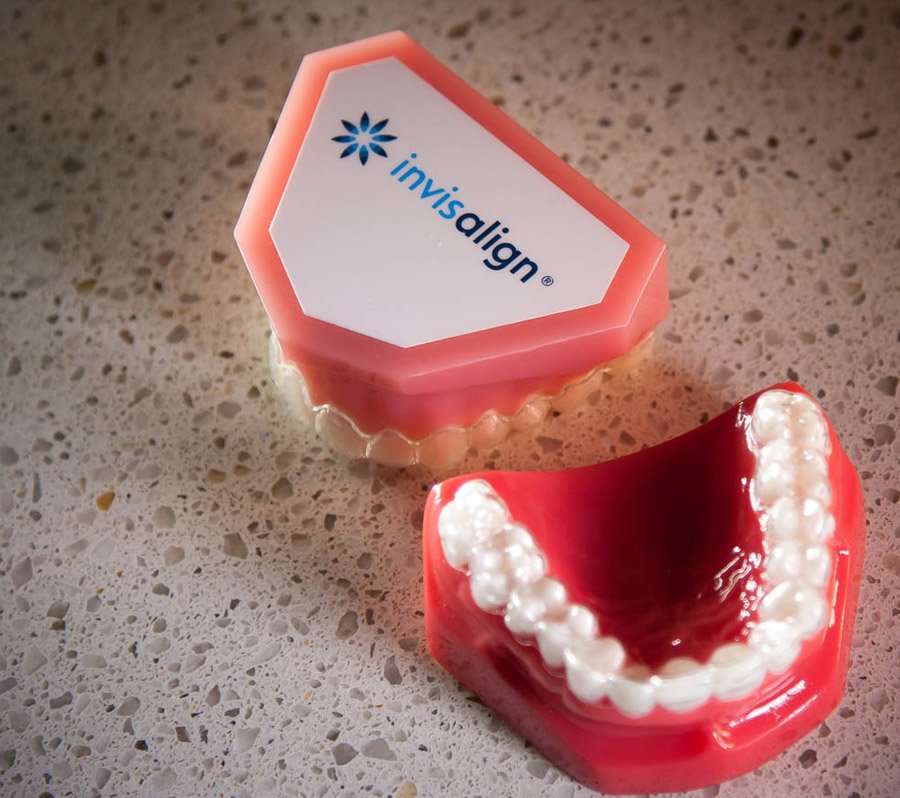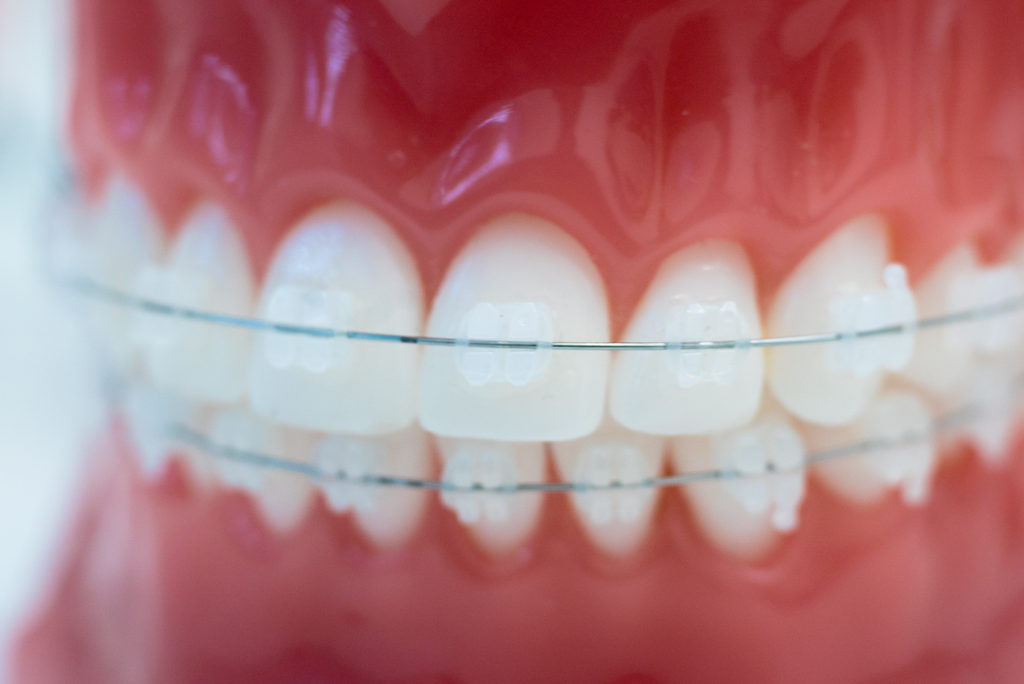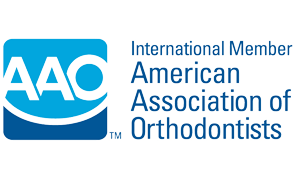Talk to your parents, and they’ll probably tell you that the braces you wear today are very different from those they wore as kids. Braces continue to evolve and improve, making them smaller, more efficient, and more comfortable than ever. But when were teeth braces invented?
Braces in some form go all the way back to ancient times. It’s a fascinating history filled with ingenious ideas — and a few uncomfortable ones. The dental braces we know today that fix crooked teeth came about in the early 20th century, but it took a lot of trial and error to get there.
Let’s look at the history of braces and how the method of teeth straightening has evolved.

Ancient Braces in Egypt, Greece, and Elsewhere
You may think braces are fairly new, but the idea of the first braces can be traced back to ancient Egypt. Mummies of ancient Egyptians had their teeth tied with gold wire or catgut (which actually comes from a horse or sheep).
In some cases, the ancients drilled holes into the teeth so the gold wires could pass through and be tied to adjacent teeth. In others, they simply wired the teeth together.
The ancient Greeks, Romans, and Etruscans also used ancient orthodontic techniques. The Etruscans used gold bands to connect teeth and straighten them. Romans threaded wire through and around teeth to move them into place. The ancient Greeks utilized teeth-straightening methods as far back as 1,000 B.C.!
Tying teeth together with wire or bands continued until the 1700s when someone created techniques that led to modern orthodontics.

The Birth of Modern Orthodontics
Orthodontics didn’t just appear overnight. Dentists, scientists, and inventors created different devices over the centuries that eventually contributed to the founding of modern orthodontics. If you think of today’s braces, it’s hard to pinpoint when braces were invented. Several inventions led to the braces we know today.
Orthodontics of the 1700s
In the 18th century, Pierre Fauchard created the bandeau, a metal arch that fit over the teeth to straighten them. Think of it as an early version of clear aligners. He also was the first to anchor dentures by tying them to molars, a practice that eventually led to connecting braces to molars to move teeth.
Orthodontics of the 1800s
In 1819, a Frenchman created a device that would be considered the birth of modern orthodontics. Two other men in the 1800s are known for advancing the field of orthodontics.
If you were to ask who invented braces, the most common answer is Christophe-Francois Delabarre. He created a device of woven wire called the wire crib. This half-circle device slid over the upper or lower teeth and was designed to straighten the teeth. The wire crib is considered the precursor to modern-day braces.
In 1822, J.S. Gunnell invented the occipital anchorage, the precursor to braces headgear. The occipital anchorage was attached to the jaw and anchored by straps to the top and back of the head. The device applied gentle pressure to the teeth and moved them.
In the late 1870s, Edward Angle began a career that would label him the “Father of Modern Orthodontics.” He created the classification system for malocclusions (bad bites) that are still used today. He also made several devices designed to move teeth.
Angle is also credited with creating a separate orthodontic training and schooling system. He turned orthodontics into its own discipline, which meant dentists had to train and study to become true orthodontists. His Society of Orthodontists eventually became today’s American Association of Orthodontists.
Orthodontics of the 1970s
In the 1970s, braces took off with a series of inventions and changes. The most significant change was the creation of the bonding agent that would hold stainless steel brackets and bands to teeth, much like the bonding material we use today. Before that, traditional metal braces consisted of bands or wires wrapped around teeth.
Braces have improved since then, with brackets becoming smaller, better fitting, and more efficient. The new software allows orthodontists such as those at Smith & Davis Orthodontics to plan orthodontic treatment to the tiniest detail to give you the best results possible.
Orthodontics of 1997
Another big change to orthodontics came in 1997, but not to braces. This was the year clear aligners first hit the market. Clear aligners provided similar moving power to braces but were nearly invisible on the teeth.
Clear aligners continue to improve over the years. At first, they could only handle the mildest cases. Today’s Invisalign treatment can handle all but the most severe orthodontic cases.

Today’s Braces and Clear Aligners
Braces have come a long way from those wires wrapped around teeth in ancient Egypt. Braces have even changed from metal brackets. Smith & Davis Orthodontics uses clear braces for its patients.
Clear braces are made up of ceramic brackets that have the same moving power as metal ones but are made to match a more natural tooth color. Like metal braces, clear braces apply pressure to the teeth to move them.
Our adhesive for our modern braces reduces the chances of tooth decay compared to past adhesives. We do all we can to protect your oral health.
Today’s orthodontics also benefit from modern technology that allows for more precise diagnoses and treatment plans. Our digital scanners and X-rays reveal the tiniest details of your mouth and jaws. This allows us to plan a treatment that will be more efficient, more comfortable, and faster than braces treatments of the past.






Braces in Rogers, AR
Are you ready to see what modern-day orthodontics can do for you? Smith & Davis Orthodontics is ready to show you how incredible your smile can be! Schedule an appointment if you’re in the Rogers, AR, or Bentonville, AR, area. We’d love to show you what today’s braces and clear aligners can do for you!





